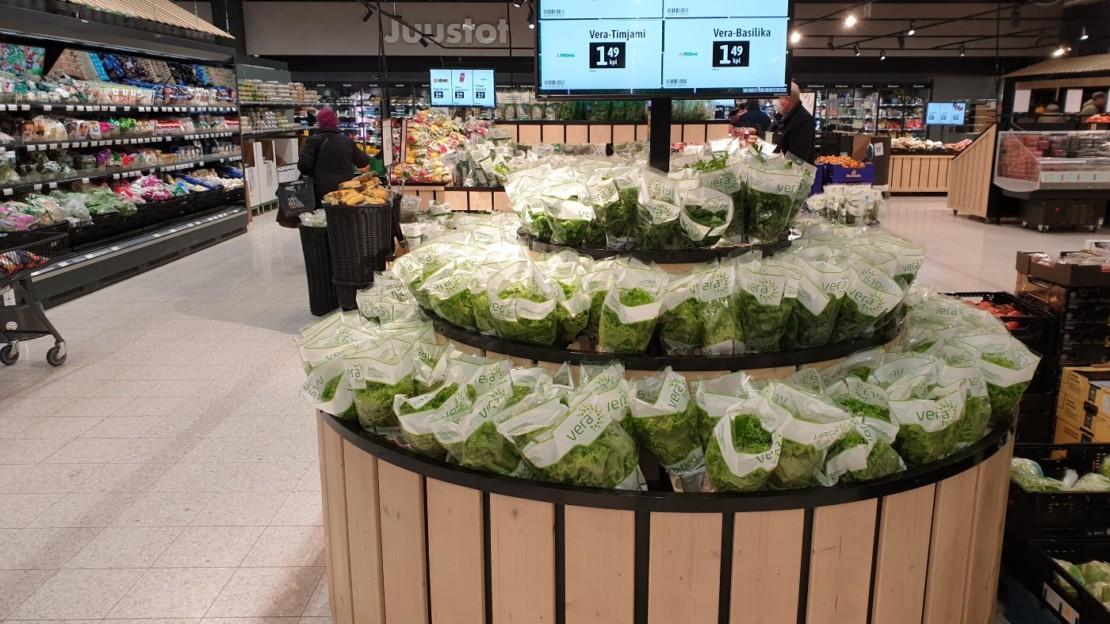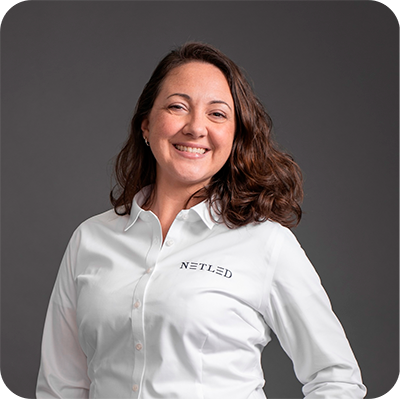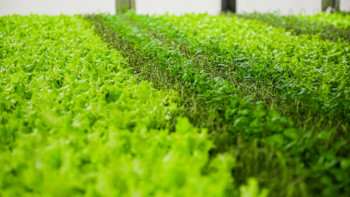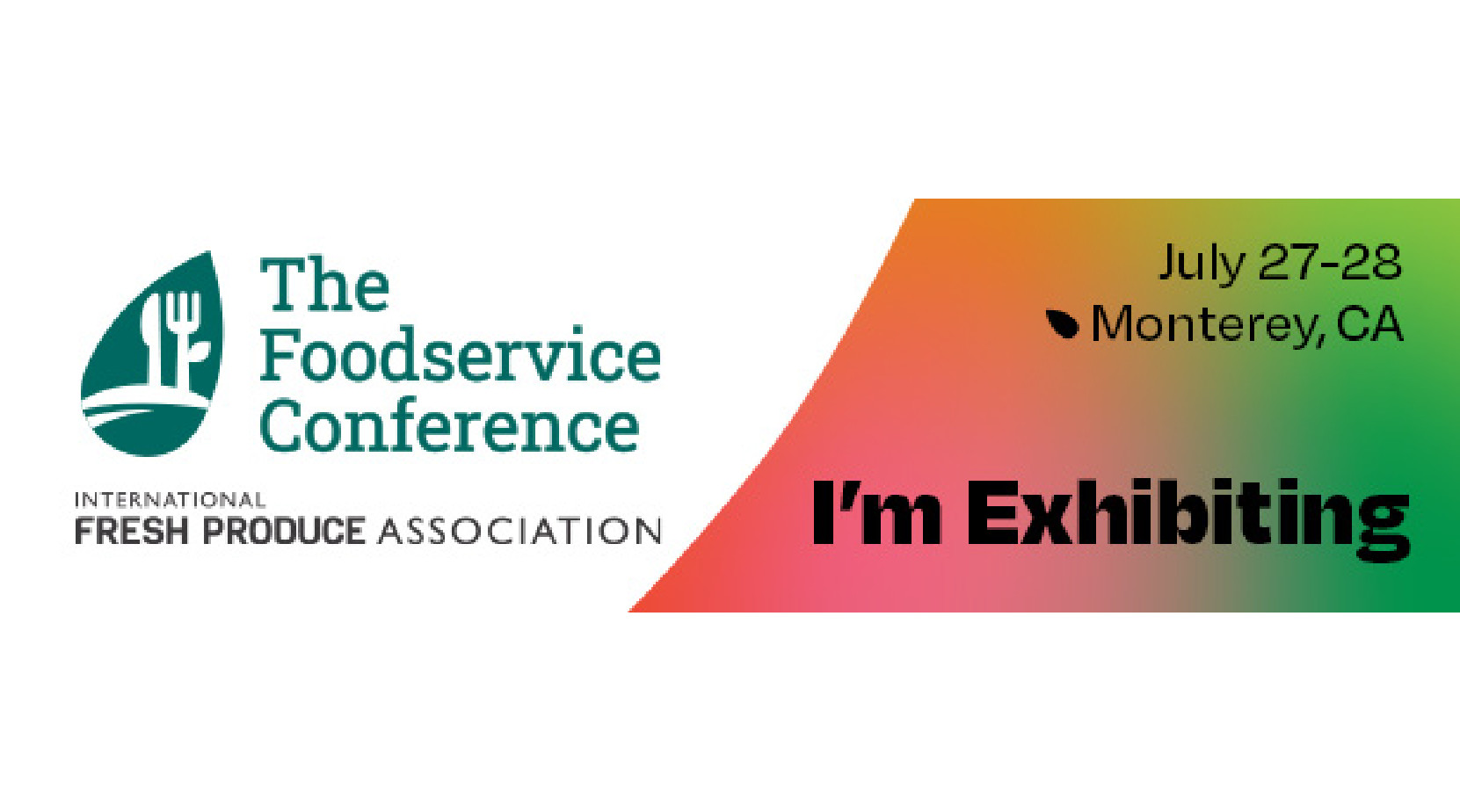As recently reported in Grocery Business Magazine — March/April 2022 — page 20 (grocerybusiness-digitalmagazine.com), shelflation is a growing challenge for grocery store shoppers. What is this phenomenon and why did it gain recent attention? “This is when the quality and freshness of food products, mostly perishables, are compromised by supply chain issues. Since products take more time to reach stores, a product’s shelf life is shortened…” (Sylvain Charlebois, 21) Consumers are paying greater attention to their grocery spending due to rising costs. They are also noticing when products do not last as long as expected, and they are sharing these concerns on social media.
Weather challenges, along with strained logistics systems are likely the major causes of this “shelflation”. Can vertical farming mitigate the stress and improve the quality of the produce on grocery store shelves?
Currently, vertical farms are best at cultivating produce with a considerably short shelf life. For example, the average shelf life of spinach or leafy green lettuce is just one week with refrigeration. Fresh herbs such as chives or mint typically last for ten days while it’s even less for herbs like coriander, parsley and dill. The always desirable strawberry lasts for just 7 days maximum.
These average shelf life numbers are based upon the assumption that the produce was stored in the optimal temperature and humidity immediately after harvesting. According to the Logistics Bureau, in a high functioning supply chain, “fresh produce typically spends up to half of its shelf life in transit between supplier and retailer.”
In the United States, the largest commercial growing region for lettuce is California and Arizona – producing about twelve billion pounds of lettuce each year. Consider the number of states that lettuce must cross to reach its final destination. It seems that any delays on the already tightly scheduled shipping process will impact food quality significantly.
Weather is also a contributing factor to the limited shelf life of leafy greens. The Produce Blue Book reported on 1 March 2022 that the Arizona/California desert region has experienced volatile weather conditions for several weeks, which is leading to shortened shelf life, reduced supply, and lighter weights. Other regions of California will not reach harvesting season until mid-April.
There are technology providers creating chemical and packaging solutions to address shelf life, but what if we could circumvent the logistics challenges to offer the freshest, highest quality produce? Vertical farming eliminates the uncertainty of weather conditions, such as frost or excessive heat, ensuring a reliable, high-quality crop. And with locations in or near urban centers, vertical farms are in close proximity to retail shops. In some cases, produce spends less than one day traveling to the store shelf after harvesting.
Now may be the right time for consumers to test the quality, taste, and freshness of produce grown in vertical farms. If inflation and shrinkflation are causing consumers to pay more for less, then shelflation may open the door to alternative solutions like vertical farming.
Kasey Snyder
Sales Operations Manager
kasey.snyder@netled.fi






